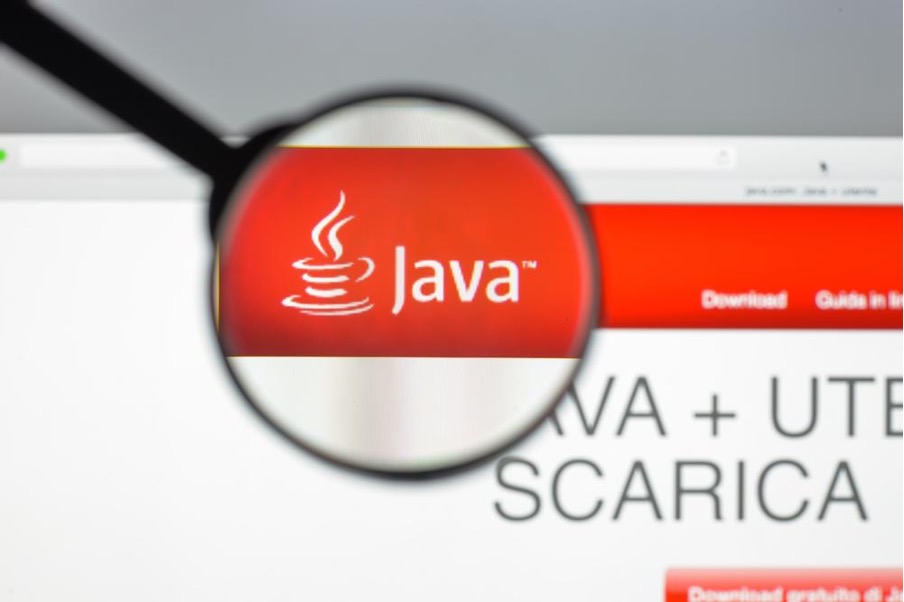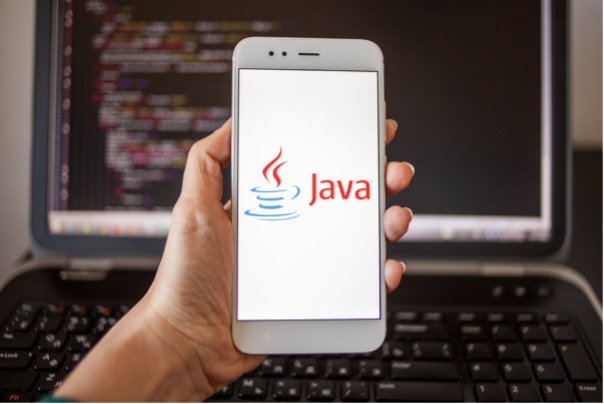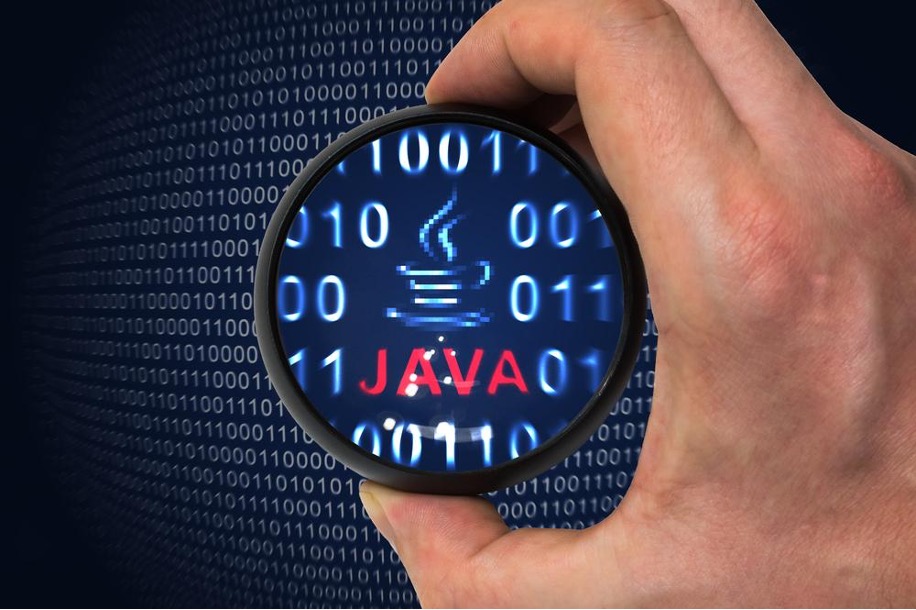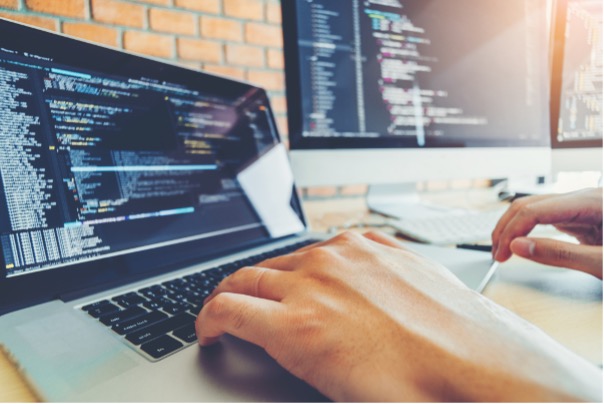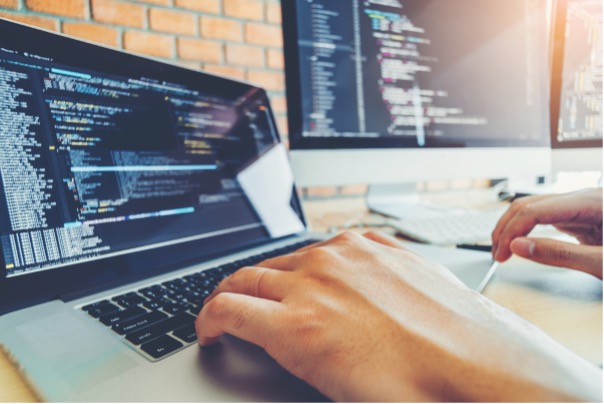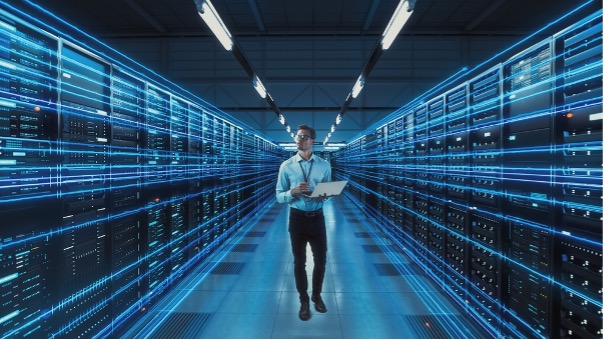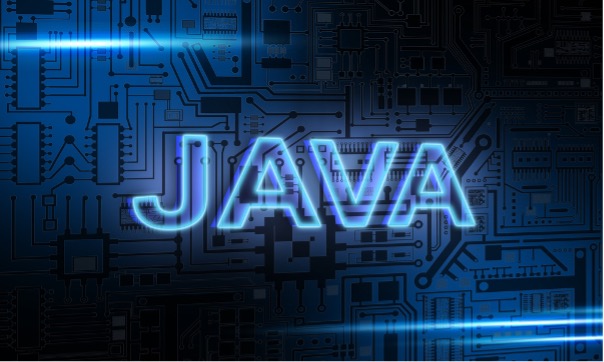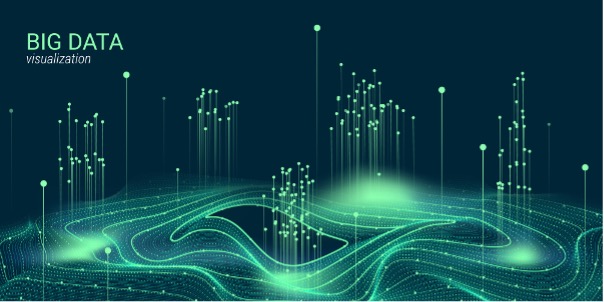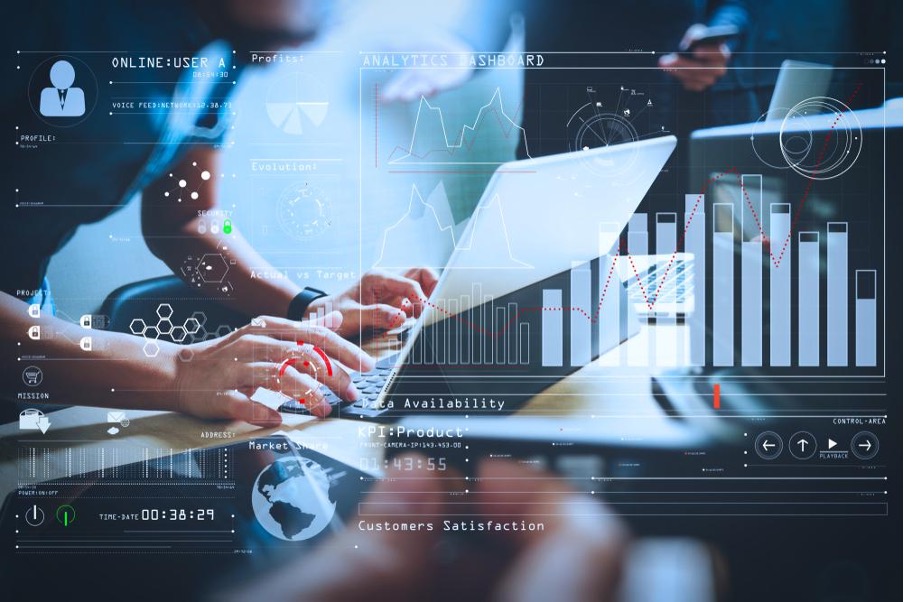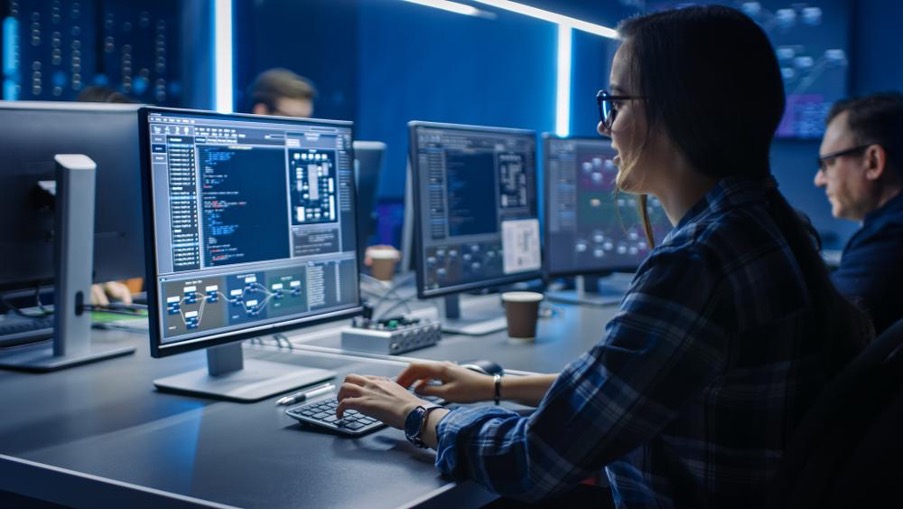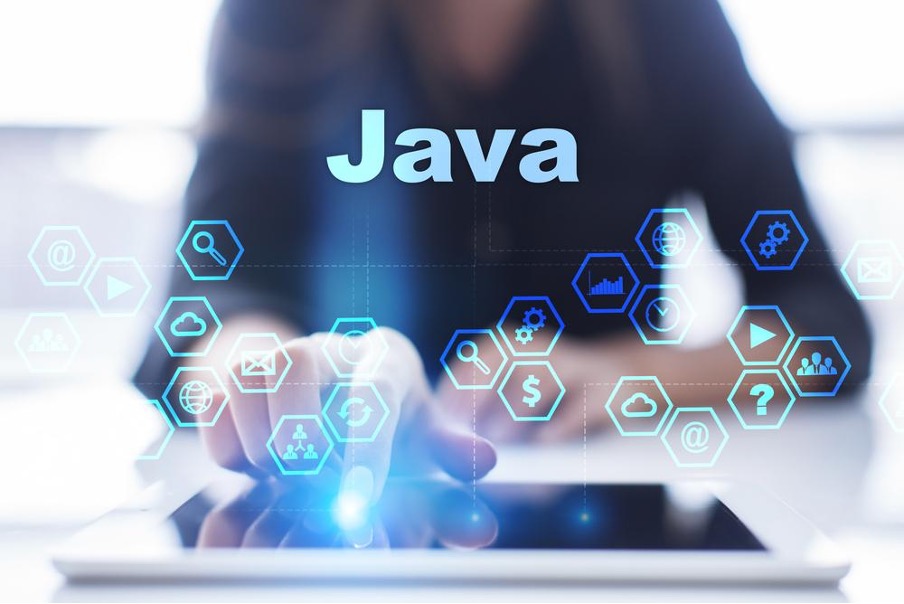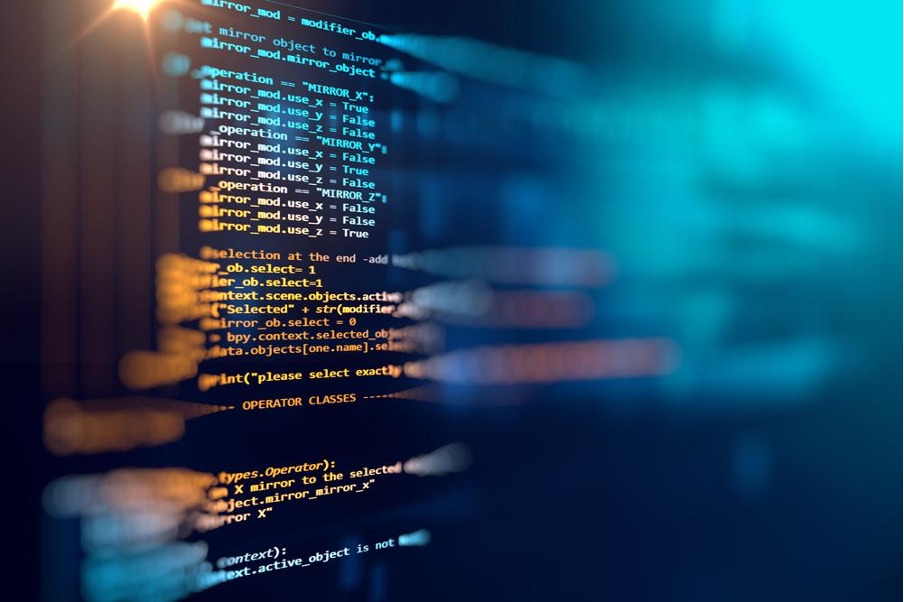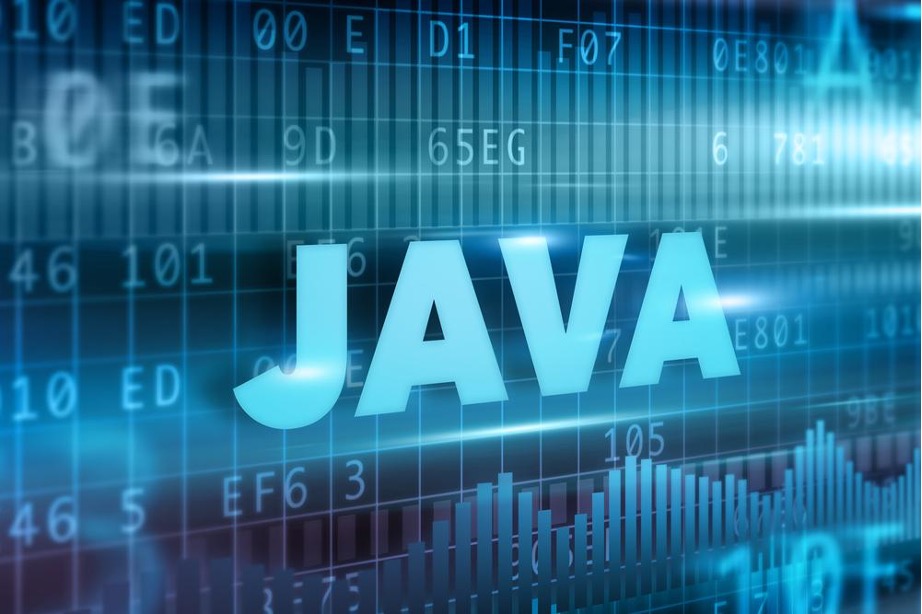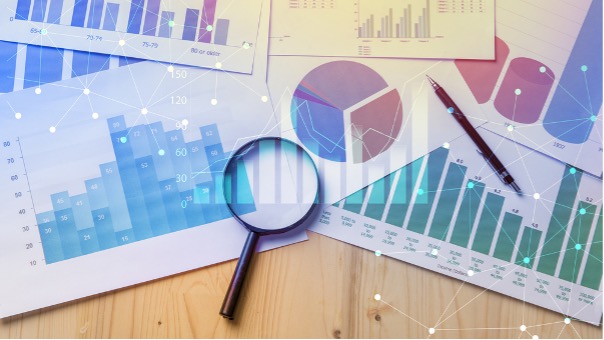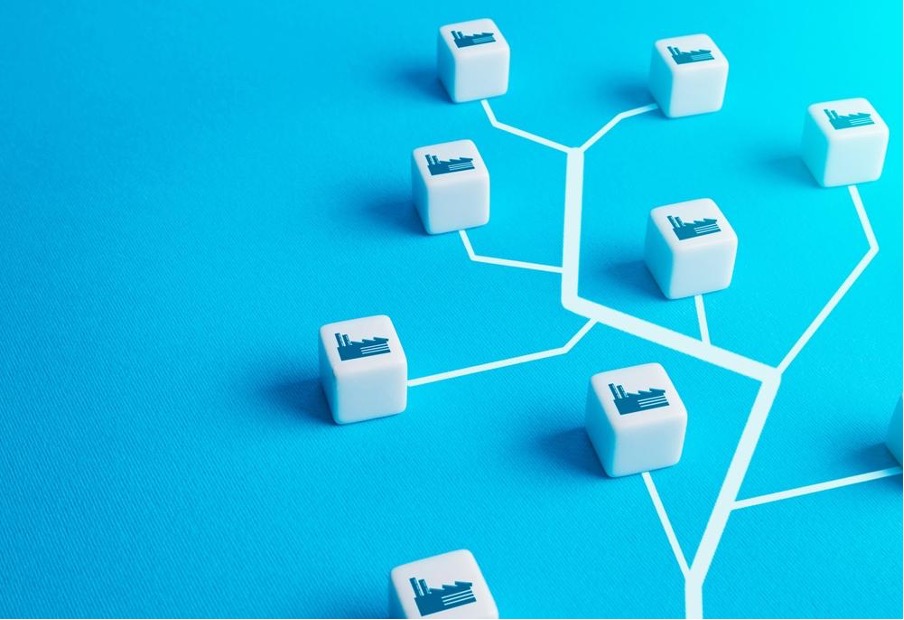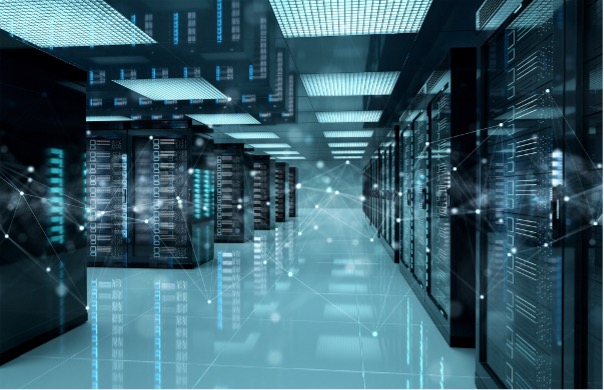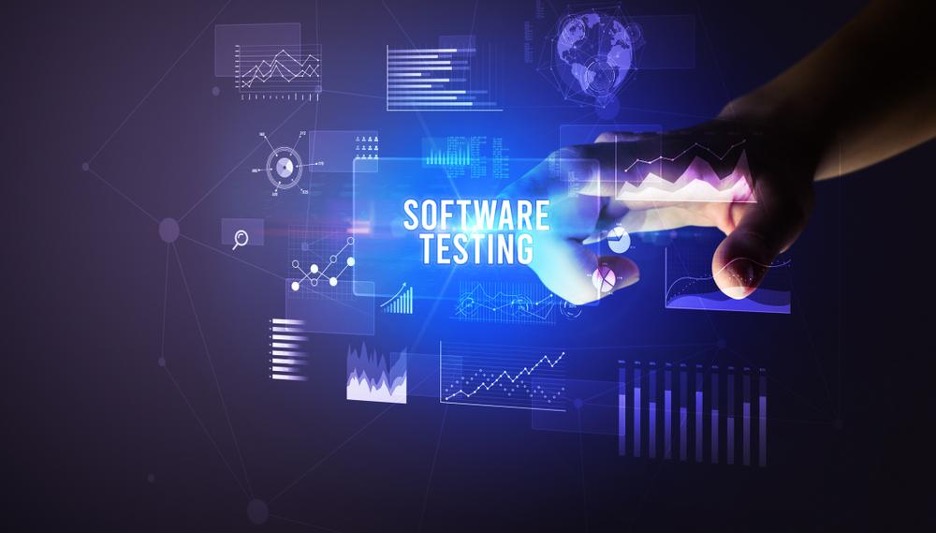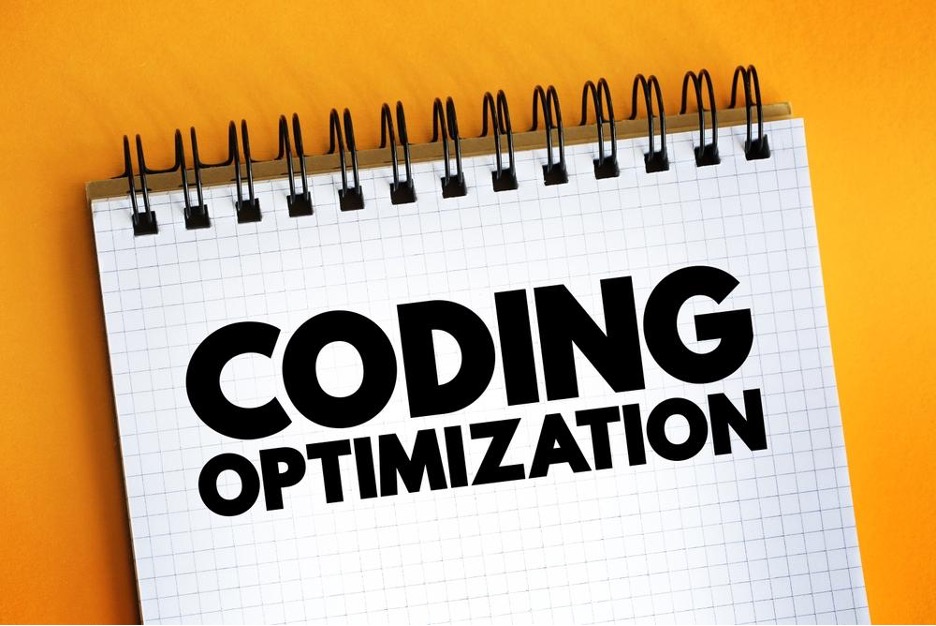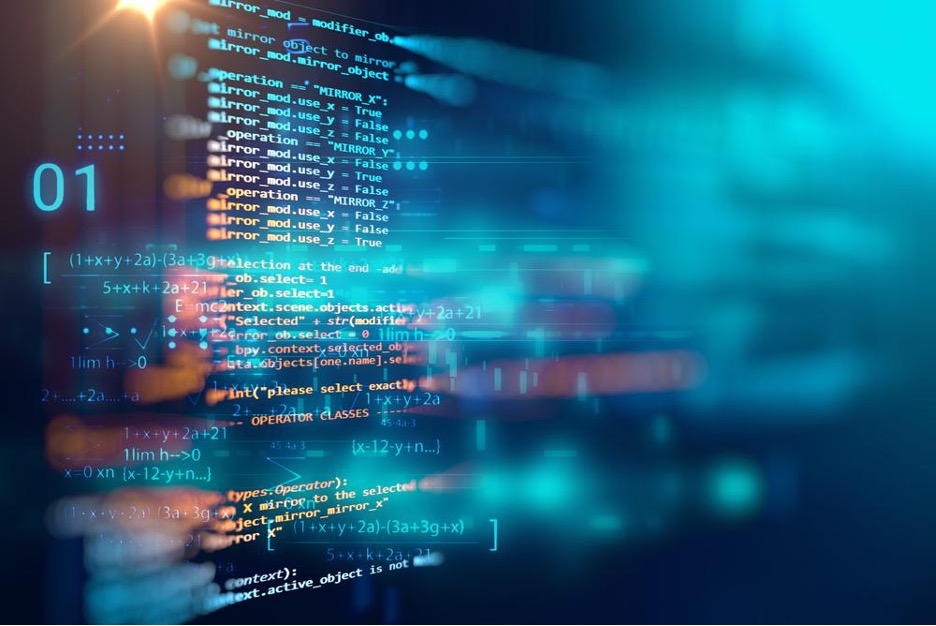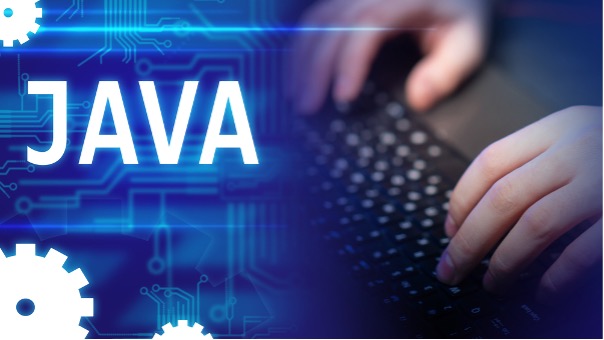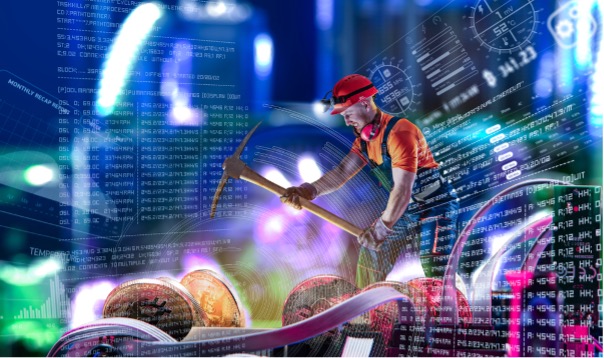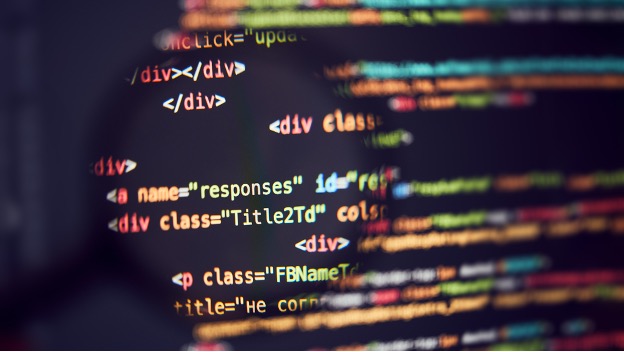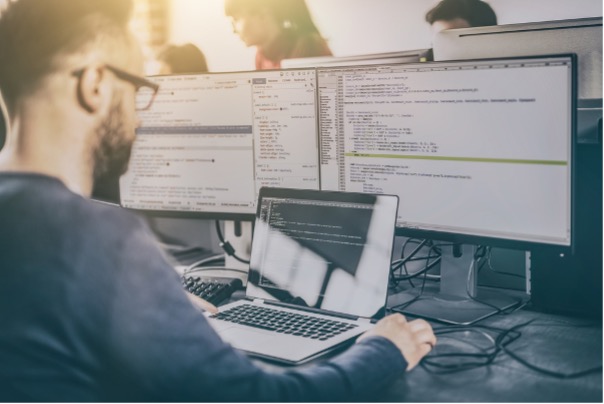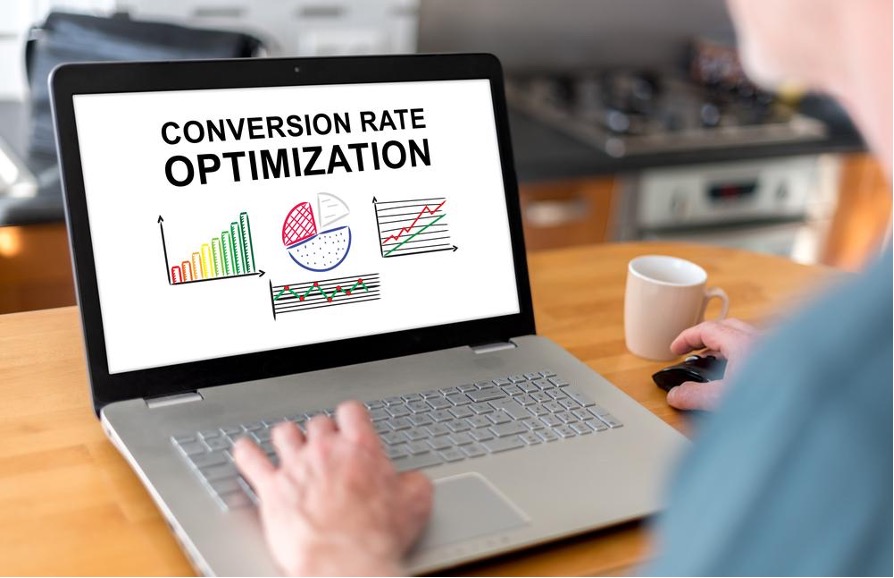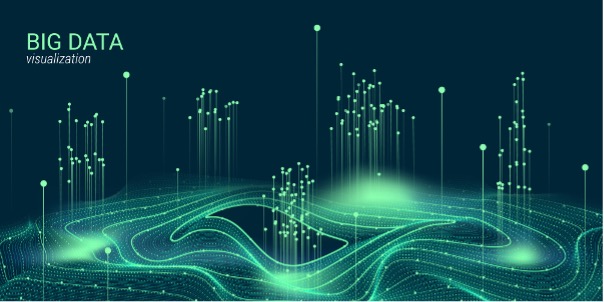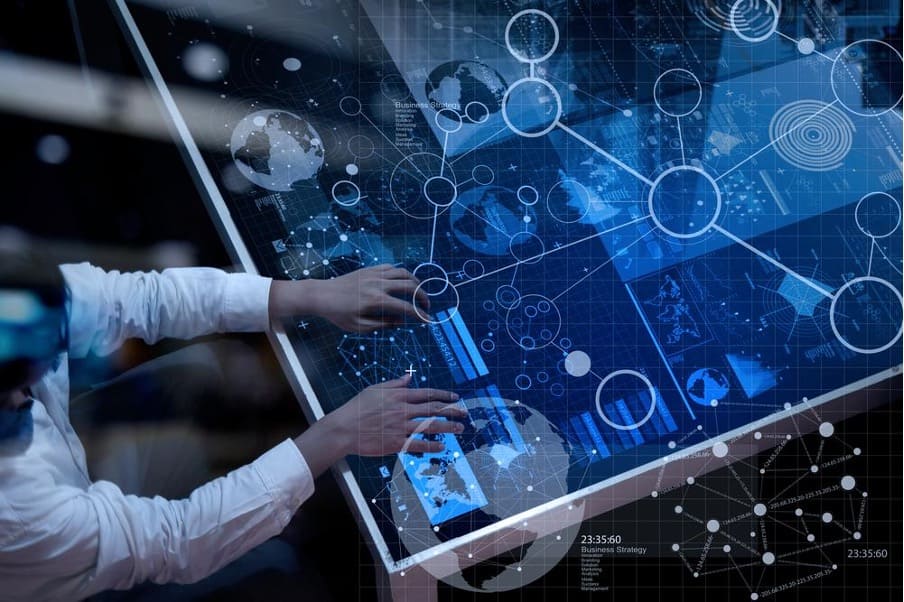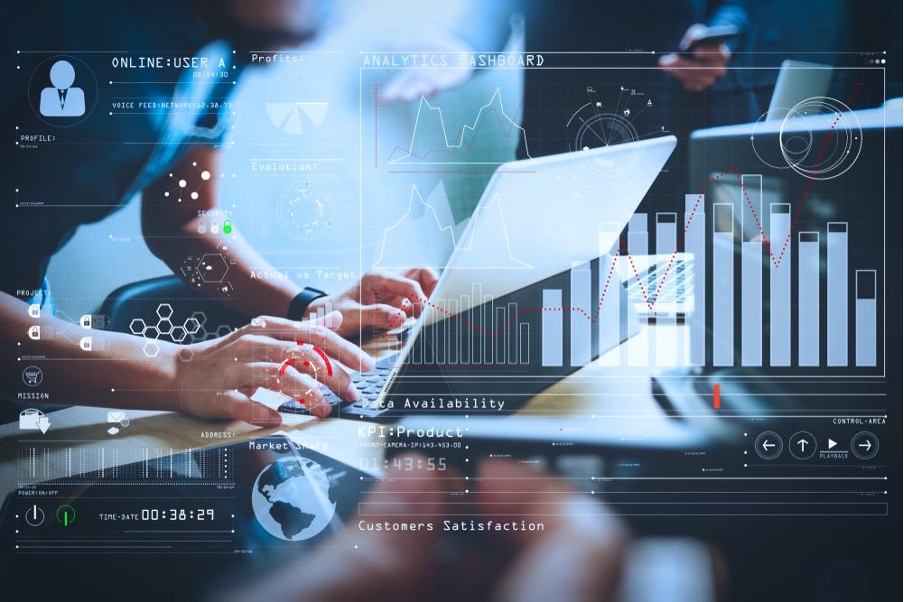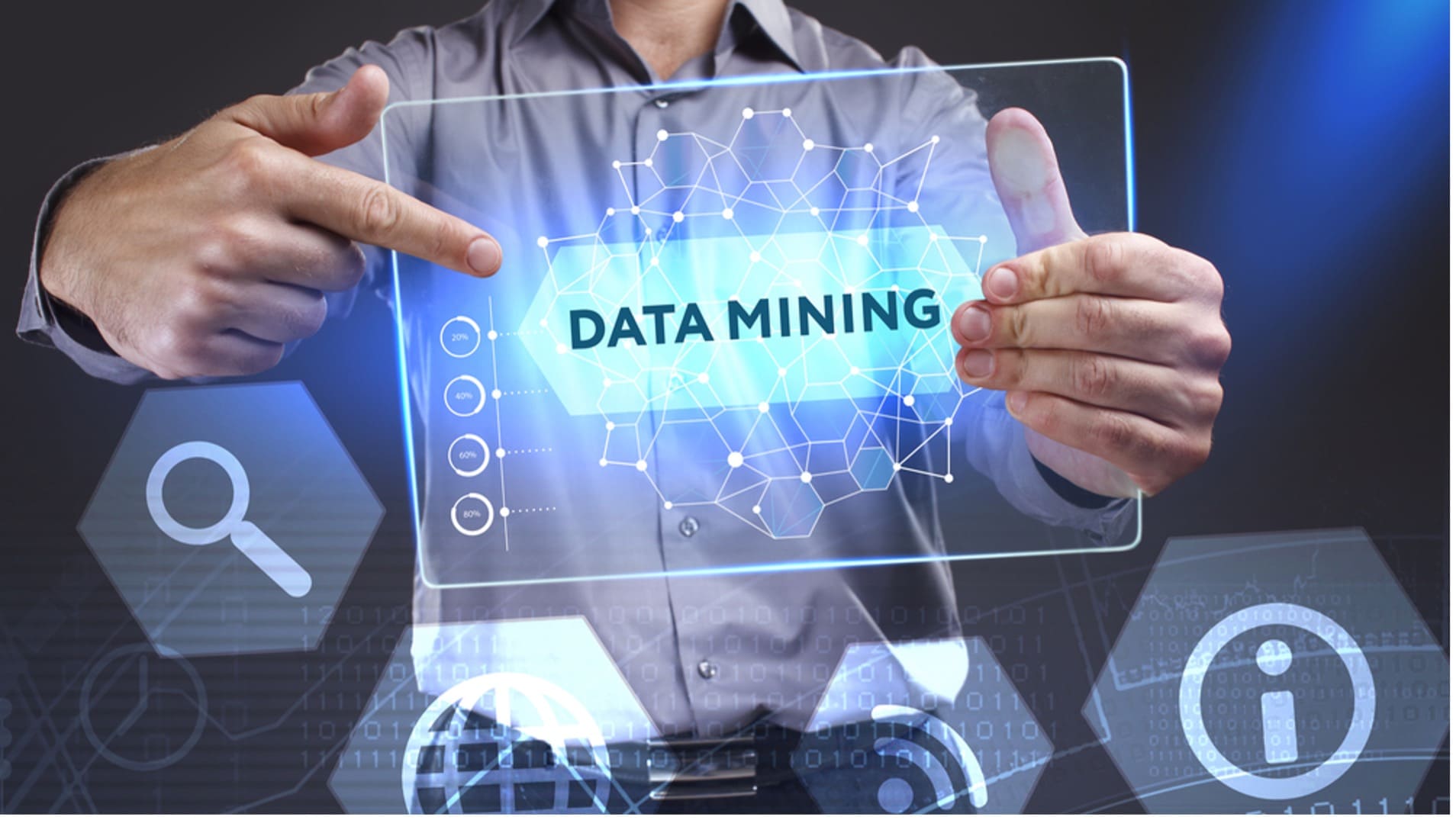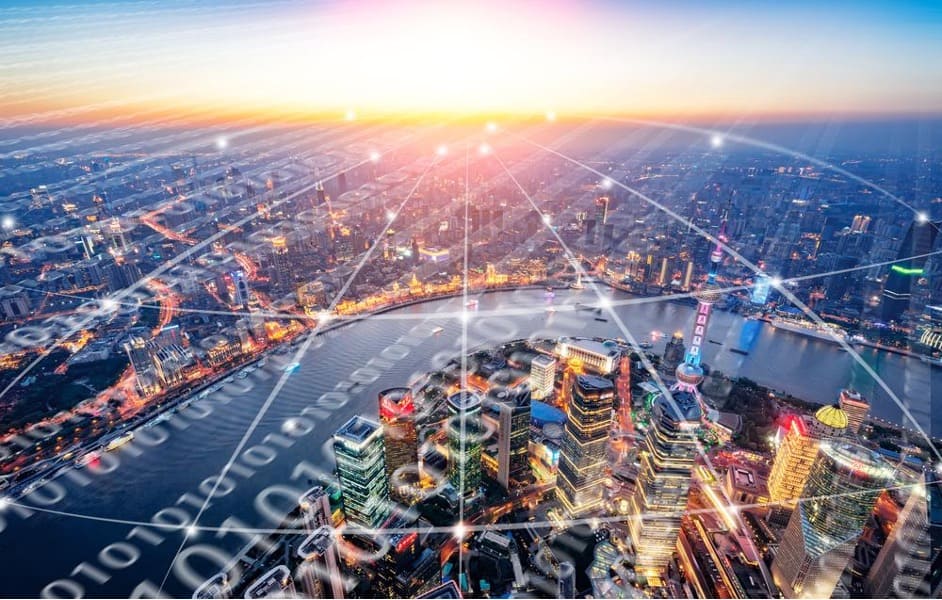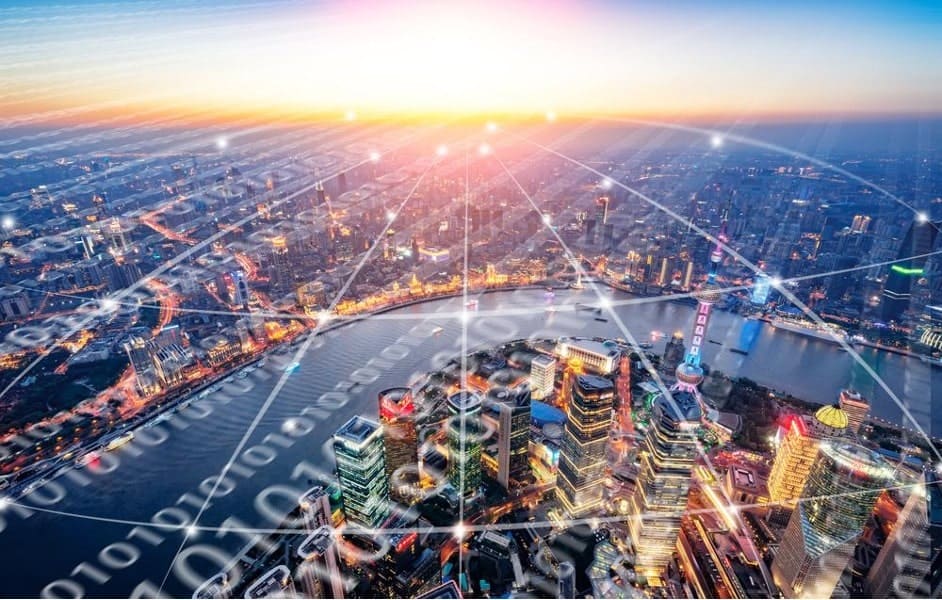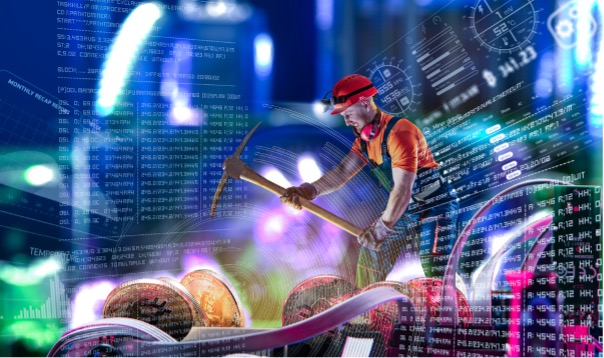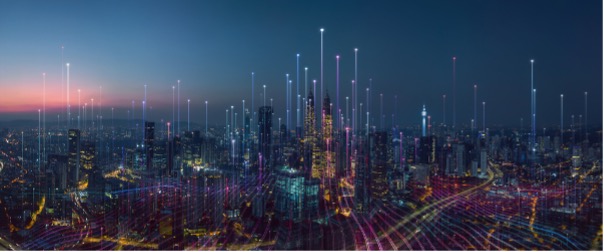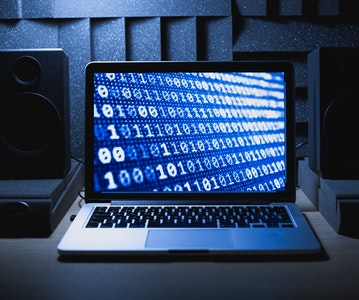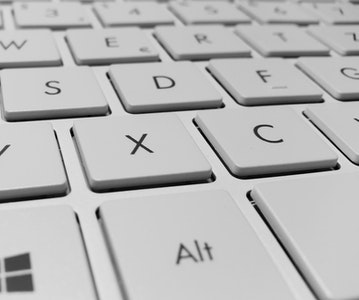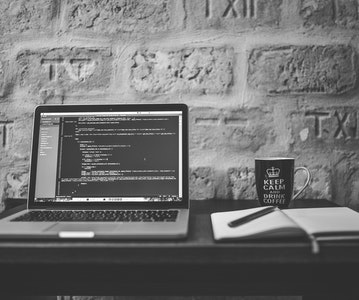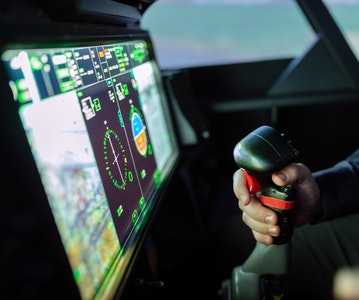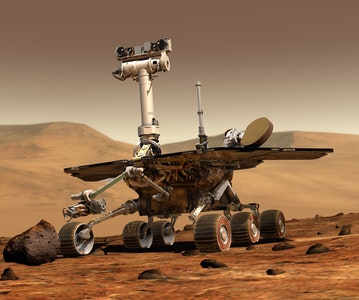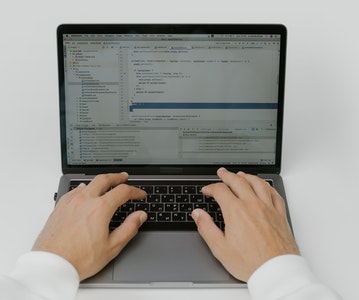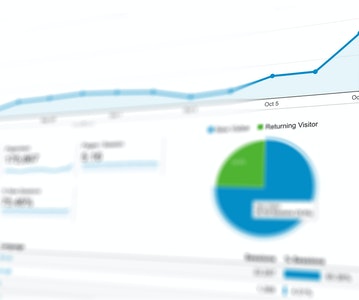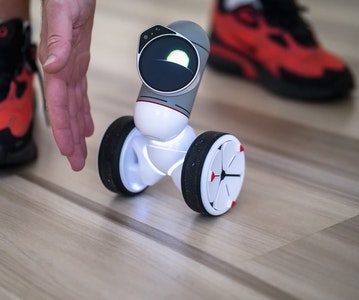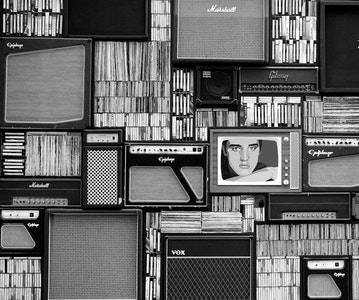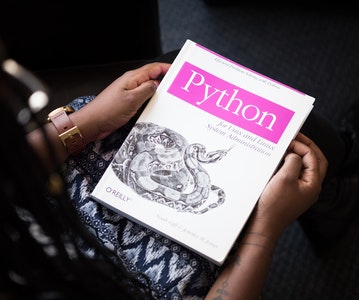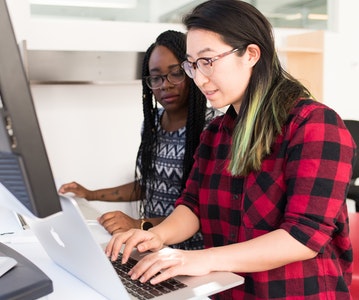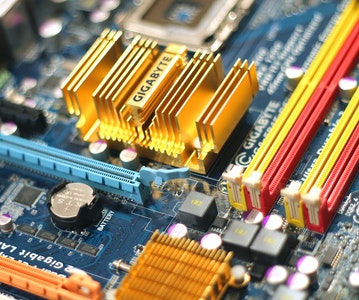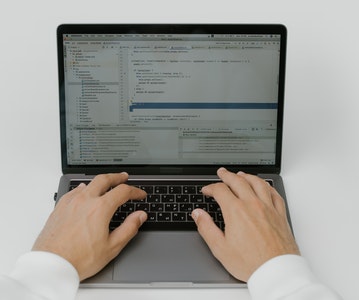This article is about Artificial Intelligence
Ever wondered how AI is used in Space Exploration?
By NIIT Editorial
Published on 11/01/2022
6 minutes
Space exploration has long piqued the curiosity of scientists and governments throughout the world since it contains the secret to humanity's origins and many other beautiful aspects of the cosmos, such as the potential of extraterrestrial life. The visible universe comprises the areas of space that you can see via telescopes. Scientists and explorers believe, however, that the cosmos may be more significant. The applications of AI in space exploration are rising at an unprecedented rate, with a market worth $2 billion and continually growing. There are more stars in space than there are grains of sand on Earth, and each of those stars has the potential to house life or have a livable planet.
Even if all humans came together under one roof to examine each of those stars, they would run out of time. Scientists have only examined around 4% of the observable cosmos that astronomers and scientists can see and are aware of. The remaining 96% has yet to be discovered. Artificial intelligence is a faster, better, and more efficient system that can handle all labor. Astronauts are accompanied on their long space trips by AI and ML, which aid in executing space missions that would be unfathomable if just human resources and talents were used. You can get a data science certificate online from the best institutes to learn more about these things.
The Importance Of AI In Space Exploration
In space research, such as charting unlabeled galaxies, stars, black holes and analyzing cosmic occurrences, communication, autonomous starcraft navigation, monitoring, and system control, AI has proved to be a game-changer. The most current applications of AI are visible in efforts to develop AI-powered, sympathetic robotic assistants to support astronomers during long-distance space flight by recognizing and anticipating the crew's demands, as well as grasping astronauts' emotions. The functions of AI in space exploration are as follows:
Assistants For Astronauts
For space exploration, assistive devices can be pretty beneficial. Cimon, an AI helper, was sent into space in December 2019 on the International Space Station (ISS). Cimon will reduce astronaut strain in the future by performing the jobs that astronauts request. It was also revealed that ROBOTA, a companion for astronauts aboard the Station, is in the works. This buddy might work with you or on assignments that are too dangerous for you. It's been on the ISS for three years and is getting ready to go on future space trips to reduce stress and alert crew members to potential danger.
Image Processing From Satellites
The amount of data generated by Earth satellites is massive. Planet and other satellite firms need to tap into data center services for understanding data. Artificial intelligence is already being used to detect black holes and radio galaxies. People use AI algorithms to examine the Gaia satellite telescope data to find new stars that might help explain the galaxy's formation. Scientists could only identify roughly 100 stars before using AI and machine learning techniques for understanding data. However, owing to advanced AI technology, the number of protostars has climbed to 2,000.
Satellite And Spacecraft Development
Manufacturing satellites and spacecraft is extremely tough. Many repeated tasks requiring great accuracy are part of the manufacturing process. Furthermore, the majority of them should be carried out in isolated rooms to prevent microscopic living forms from contaminating the components of the eventual device. It is why, to reduce human touch when manufacturing spacecraft, corporations have lately begun to use systems based on an AI algorithm. Artificial intelligence can drastically speed up production processes while also removing the risk of biological contamination.
Monitoring Of The System
Satellites and spacecraft need extensive system monitoring. The list of possible issues is extensive, ranging from minor faults to collisions with other orbiting objects. Scientists utilize AI systems that continually analyze the functioning of various sensors to keep track of the status of artificial satellites. Such systems are capable of informing ground control of any difficulties and resolving them on their own.
Conclusion
Spacecraft, rovers, and even probes are all using AI to navigate. Artificial intelligence also uses integrated data from sensors and maps to track numerous characteristics outside of the globe. As a result, people will employ several AI technologies and create many more in the coming years to aid these and other missions. To learn more about AI, take the best machine learning courses online to supplement your knowledge. Analytics courses online can also assist you in becoming a Data Scientist and advancing your career.
Advanced PGP in Data Science and Machine Learning (Full-Time)
Be job-ready! Earn a min. CTC of ₹8LPA with this placement-assured program*
Placement Assured Program*
Practitioner Designed




